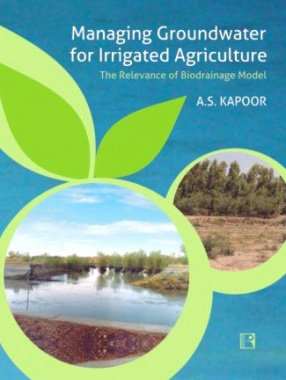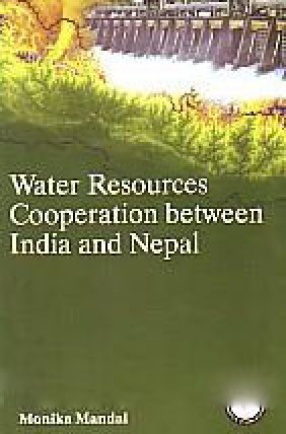Farmers loose precious cultivable land due to waterlogging and salinity. To overcome this problem, the groundwater table is required to be managed and kept at a safe depth below the ground surface. The practice of providing sub-surface drainage through pipes and drains pollutes water bodies into which the saline drainage water is discharged. It is, therefore, necessary to find alternative methods that are environment-friendly. Biodrainage through tree plantations can be an option to achieve this.This book describes the prevailing conditions and status of irrigation across the globe. It also presents the relevant aspects of groundwater salinity, plant physiology, and uptake of water and minerals by crops and trees. Besides recent research studies in India, it also incorporates a few case studies from different regions of the world.The book would be useful for irrigation/drainage engineers, soil scientists, groundwater managers, agro-forestry and ecology planners, researchers in the field of water and land management, universities and institutes imparting education on irrigation, drainage, groundwater and land management, NGOs etc.
Contents: Land and Water Use for Sustainable Irrigated Agriculture; Salts in Soils and Water; Plant Mechanism of Absorbing and Transpiring Water; Mineral Absorption by Plants; A Case Study on Biodrainagel; Some Other Experiences; Research Studies in India on Biodrainage during Period 2004-2012; Principles of Biodrainage Planning and Design; Status and Comparison of Drainage Methods; Agro-Forestry and Silviculture; Biodrainage: Management Aspects.






There are no reviews yet.